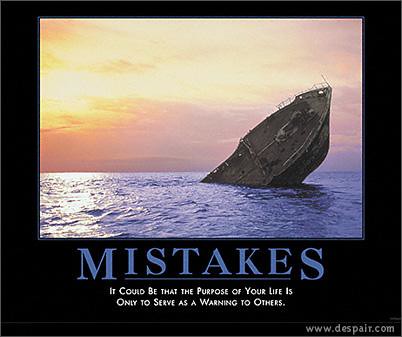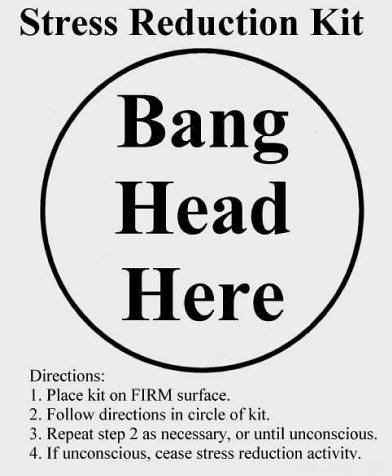Surviving and Thriving in the Face of Failure – Post #4

Mistakes Happen!
Remember all the buzz about e-commerce and e-business? It was before the Internet boom went bust and it seemed like everyone in the tech space was jumping on the e-hype bandwagon out of fear, greed or confusion. I confess that I, too, got a little sucked into the e-hype and made a somewhat hasty decision to split our business into two distinct divisions: one focused on the tech training we have always offered and the other on our consulting services, which we re-branded “go-e-biz.com.”
It was a catchy little name but it confused our customers. Were we abandoning our training business? Was our consulting service changing into a different kind of service? Were we only interested in clients who wanted to sell something over the Internet?
The answer was “no” in all instances, but the very fact that we had changed our name invited questions and confusion. Ultimately, we chose to “un-create” the brand change and returned to our original name – Intertech — for both aspects of our business. This was a money- and time-intensive exercise that could have been avoided if I hadn’t allowed my emotions to pull me into a hasty decision based on the current business climate (I now can wisely recognize in hindsight!).
As part of the “un-brand” process we did come up with a marketing slogan to help clients and others understand both aspects of our business: “Instructors who Consult. Consultants who Teach” And by emphasizing the connected nature of our business, we’ve been able to build clients and credibility for both parts of our company.
The lesson learned here was to not buy into the hype, to ask more questions before getting into something, and really thinking through the long-term benefits of these larger strategic decisions. I think it also illustrates an aspect of resiliency: not getting stuck or derailed by a mistake.
Epilogue: A few years later we were looking to acquire another firm. I was very realistic about its potential value to Intertech, the long-term potential, and the need to keep the partners of that firm engaged. All of those things were part of our offer but the other firm wasn’t interested. Even though I had spent months trying to make it happen, in the end I knew it was best to walk away from the deal versus to push it for emotional reasons.



